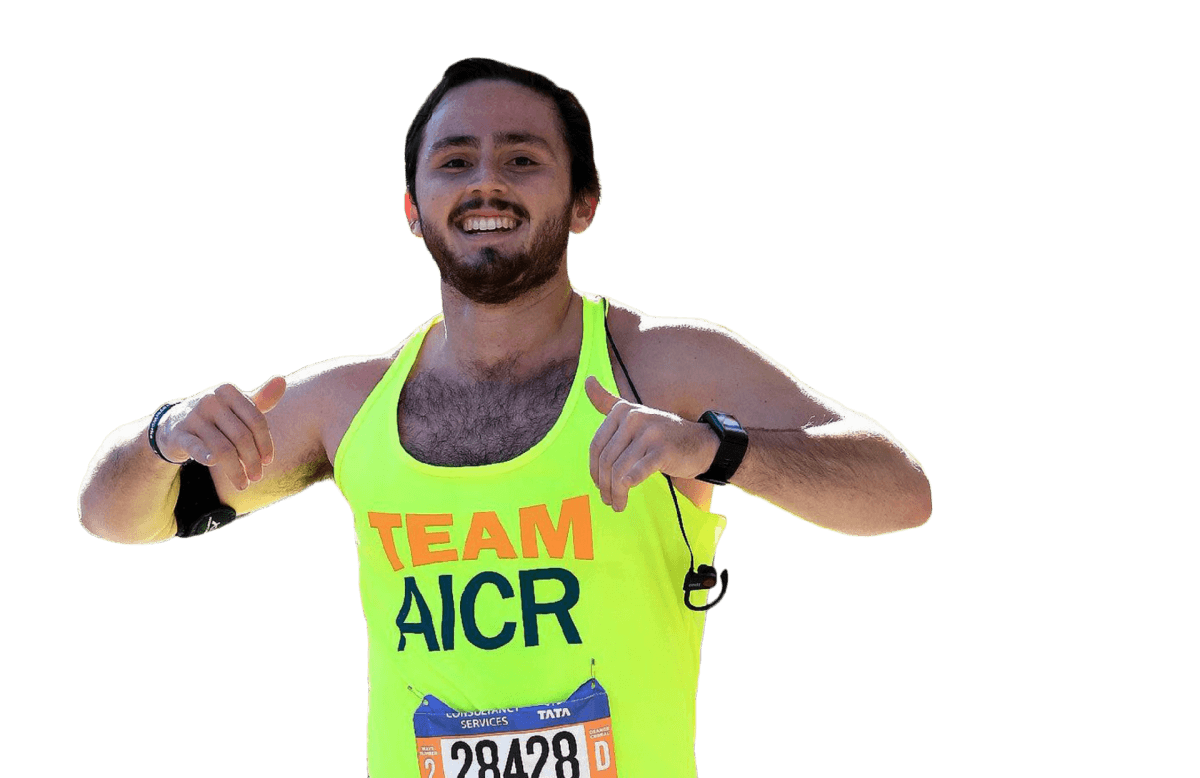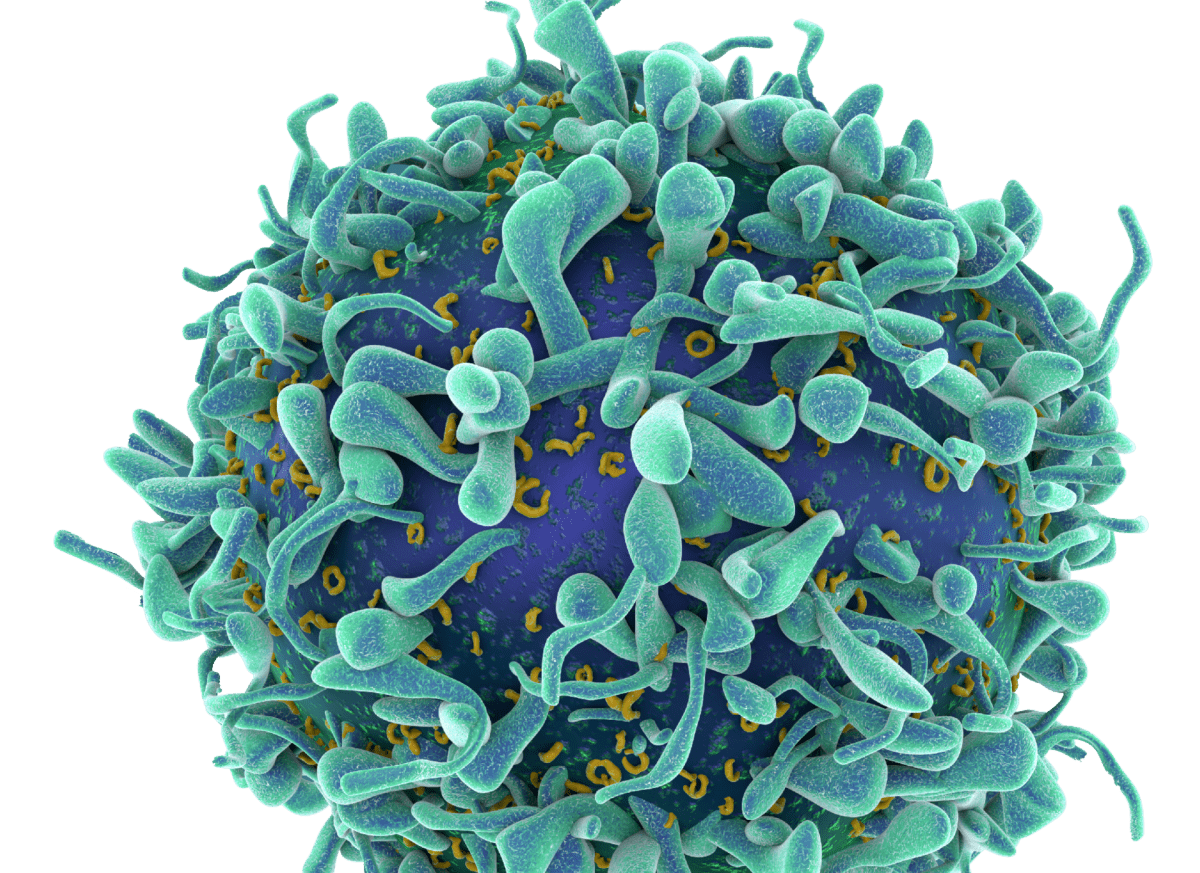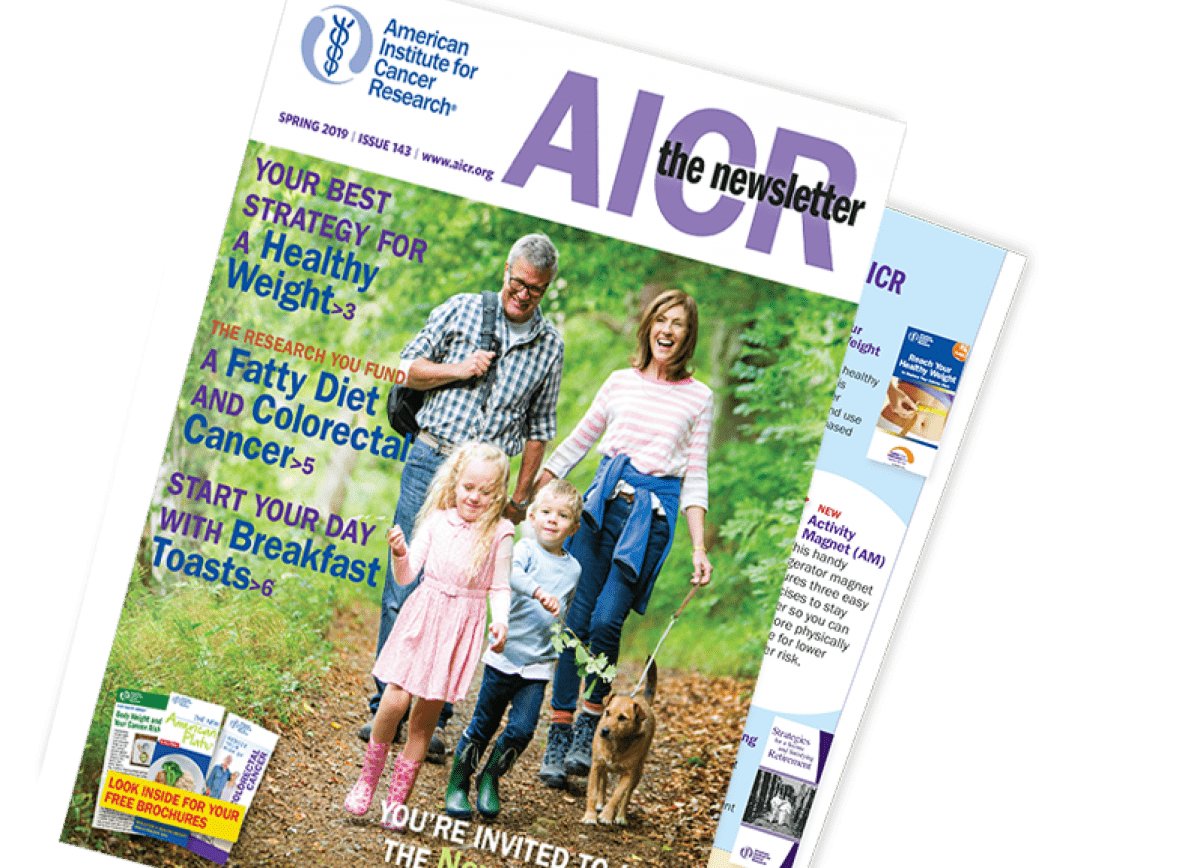Summer 2020 Archive
The monthly applicable federal rate, also known as the §7520 rate, has been used to value the charitable interest in split-interest gifts since 1989. Generally, the lower the rate, the lower the charitable deduction for charitable remainder trusts and charitable gift annuities. The rate for July 2020—0.6%—is the lowest monthly rate since they were introduced in 1989. Even with low rates, however, there are still opportunities for charitable donors.
-
Donors who created charitable remainder trusts in earlier times when §7520 rates were higher may find they no longer need the payments. Making a gift of all or part of the annual payments could generate a new, higher charitable deduction, due to the low §7520 rates. For example, Peter transferred $250,000 to a 5% one-life charitable remainder unitrust in 2010 when he was 70. His charitable deduction at the time was $131,375, based on a 3.4% §7520 rate and quarterly payments. Assuming the trust value is still $250,000, if Peter contributed his income interest in the trust to the charitable remainderman and used July’s 0.6% §7520 rate, he would be entitled to another charitable deduction of $81,175. The combination of the two deductions nearly equals the amount Peter transferred to the trust, and he has been receiving payments of about $12,500 annually for 10 years.
-
Low §7520 rates make it difficult to establish a charitable remainder annuity trust due to the 5% probability test [Rev. Rul. 77-374], which denies a deduction if the probability exceeds 5% that a noncharitable beneficiary of the trust will survive to the exhaustion of the trust fund. An annuity trust paying the minimum 5% annuity to a 75-year-old beneficiary, for example, would not pass the 5% probability test. A donor looking for fixed payments offered by an annuity trust could, however, include language from Rev. Proc. 2016-42 that allows the trust to terminate and the assets to be distributed to the charitable remainderman prior to the payment of any amount that would cause the value of the corpus to drop below 10% of the initial value of the trust. This is considered a qualified contingency under Code §664(f). A trust containing the language from Rev. Proc. 2016-42 is not subject to the 5% probability test, although it must still meet the 10% remainder requirement of Code §664(d)(1)(D) when created. The donor could, instead, choose to fund a charitable gift annuity, which also provides fixed payments for life and is not subject to the 5% probability test. At age 75, the donor would be entitled to a 5.4% payout.
-
Lillian and Walt plan to leave farmland they own to their favorite charity at their deaths. The couple currently farm a portion of the land, with the balance rented to another farmer. They could make a gift today of the farmland while retaining a life estate in the property. They would be entitled to an income tax charitable deduction and to continue farming or renting the land. The property will pass to charity at the death of the surviving spouse, just as it would if they left the land in their wills. Low §7520 rates offer a larger deduction for gifts of homes and farms with retained life estates. Assuming Lillian and Walt are both 72 and the land is valued at $200,000, their charitable deduction would be $180,648. If a higher §7520 rate was in effect—4% for example—the deduction would be $105,356.
-
Charitable lead trusts generate larger charitable deductions when §7520 rates are low. A lead trust can be either a reversionary trust, in which assets return to the donor at the trust’s termination, or a nonreversionary trust, where assets pass to others, for example children or grandchildren, when the trust ends. In most cases, the donor is entitled to a gift tax charitable deduction, but not an income tax deduction, for a nonreversionary trust. Donors are entitled to income tax charitable deductions for reversionary lead trusts but are taxed on income in excess of the required annuity or unitrust payments. The governing instrument may provide that income of the trust for a year in excess of the annuity or unitrust amount shall be paid to charity, entitling the donor to an income tax charitable deduction under Code §671 in any year in which excess income is paid to charity [Reg. §§1.170A-6(c)(2)(i)(C), (ii)(C), (D)(2)(ii)].
For the second time this year, gift annuity rates recommended by the American Council on Gift Annuities have been lowered. On January 1, the recommended rate for a single annuitant, age 65, dropped from 5.1% to 4.7%. The top one-life rate, applicable to annuitants age 90 or older dropped from 9.5% to 9.0%. Effective July 1, the rate for a 65-year-old annuitant dropped to 4.2%, with the top rate for those 90 and older declining to 8.6%. Two-life rates range from 3.8% for two annuitants age 65 to 8.4% for two annuitants ages 90 and 91 or older.
The lower rates provide donors with higher income tax charitable deductions. The chart shows sample deductions for a $10,000 one-life gift annuity, assuming quarterly payments and a 0.6% §7520 rate.
|
January 1 |
|
|
July 1 |
|
|
Payout rate |
Deduction |
|
Payout rate |
Deduction |
65 |
4.7% |
$2,181.00 |
|
4.2% |
$3,012.90 |
70 |
5.1 |
3,111.70 |
|
4.7 |
3,652.00 |
75 |
5.8 |
3,836.80 |
|
5.4 |
4,261.80 |
80 |
6.9 |
4,395.90 |
|
6.5 |
4,720.80 |
85 |
8.0 |
5,168.30 |
|
7.6 |
5,409.90 |
90 |
9.0 |
6,051.20 |
|
8.6 |
6,226.70 |
A charitable remainder trust created in an estate plan can be an excellent way for clients to assist family members and charity, but there are some special considerations applicable to testamentary trusts.
Funding assets—Just about any asset that can be used for an inter vivos trust can be used for a testamentary gift, although the tax consequences may be different. For example, the deduction for an inter vivos trust funded with short-term capital gain property is calculated using the donor’s basis; in a testamentary trust, the date of death value is used, regardless of holding period. The income tax deduction for an inter vivos trust funded with tangible personal property is postponed until the donor’s intervening interest in the property has expired, which can be upon a sale of the asset by the trustee; the intervening interest rule does not apply in testamentary trusts. The unrelated use rule [Code §170(e)(1)(B)(i)] limits the calculation of the income tax deduction to the donor’s basis in an inter vivos trust; the unrelated use rule does not apply to a testamentary trust. Possibly one of the best assets to fund a testamentary charitable remainder trust is the balance in an IRA or other qualified retirement account. The immediate income tax owed on withdrawals is avoided when the assets pass to a qualified charitable remainder trust. An inter vivos trust cannot be funded from an IRA without first withdrawing and paying income tax on the distribution. U.S. savings bonds, which are also considered income in respect of a decedent, can be used to fund a testamentary remainder trust.
Choosing the type of remainder trust—Whether to fund an annuity trust or unitrust depends largely on the intended beneficiary. If an estate tax charitable deduction is needed, a unitrust generally provides the larger deduction. Where a deduction is not needed, the beneficiary’s age and financial needs should be considered. An older beneficiary might prefer the stability of fixed payments, while a younger beneficiary might like the inflation hedge that is possible with a unitrust.
Will the trust qualify?—It’s impossible to know when drafting a testamentary trust what §7520 rates will be in effect at the client’s death. If the trust does not provide at least a 10% remainder value [Code §664(d)(2)(D)], it may not qualify as a charitable remainder trust. Even if the lost deduction isn’t an issue, the trust would not be a tax-exempt entity. Trust language should include corrective measures for satisfying the 10% remainder rule. This could include reducing the payout (but not below the required minimum 5%) or converting the trust from a lifetime trust to a term-of-years trust (not to exceed 20 years).
Would a nonqualified trust work better?—For the vast majority of clients, estate taxes are not a concern. They may find the flexibility of a nonqualified charitable remainder trust more attractive. For example, a nonqualified trust does not have to meet the 10% remainder requirement and can therefore make payments to younger beneficiaries. A nonqualified trust can have a payout rate lower than 5% or greater than 50%, does not have to comply with self-dealing rules and can provide for invasion of principal. The primary drawback to a nonqualified trust is that it is not a tax-exempt entity, so assets sold by the trustee do not escape capital gains tax. However, thanks to the step-up in basis at the client’s death, the trust may have little or no capital gains liability when estate assets are sold.
Wills and living trusts are certainly the most widely known methods of leaving assets at death, but there are other ways to benefit loved ones and the charities clients have supported during their lifetimes.
Payable on death (POD) accounts—Savings, checking, CDs and other financial accounts can be left at death to named beneficiaries. A POD is completely revocable and in no way hinders the account owner’s use of the funds. Special rules may apply in some jurisdictions.
Joint ownership—A jointly owned asset automatically passes to the surviving owner. There can, however, be gift tax issues when establishing joint ownership.
Transfer on death (TOD) designations—The owner of a brokerage account can name family members or charities to receive the investments at the client’s death. Many states also allow real estate to pass by TOD transfers. The designation can be revoked at any time prior to death. Some states also allow vehicles to pass by TOD designation.
Life insurance—A charity can be named the beneficiary of a life insurance policy that is no longer needed for family security. The policy can also be split between family and charity, or a charitable remainder trust can be established with the proceeds of life insurance, to pay family members for life before assets eventually pass to charity.
Retirement plan beneficiary designations—The tax on income in respect of a decedent can be avoided when charity is named the beneficiary of an IRA or other qualified account. The same applies when plan assets pass to a charitable remainder trust to benefit both family members and charity.
Donor advised funds—Many clients have established donor advised funds from which they make recommendations for distributions to charities. Depending on the rules governing accounts after the owner’s death, clients may be able to designate the charities to receive the balance.
© Copyright Sharpe Group. All rights reserved.






